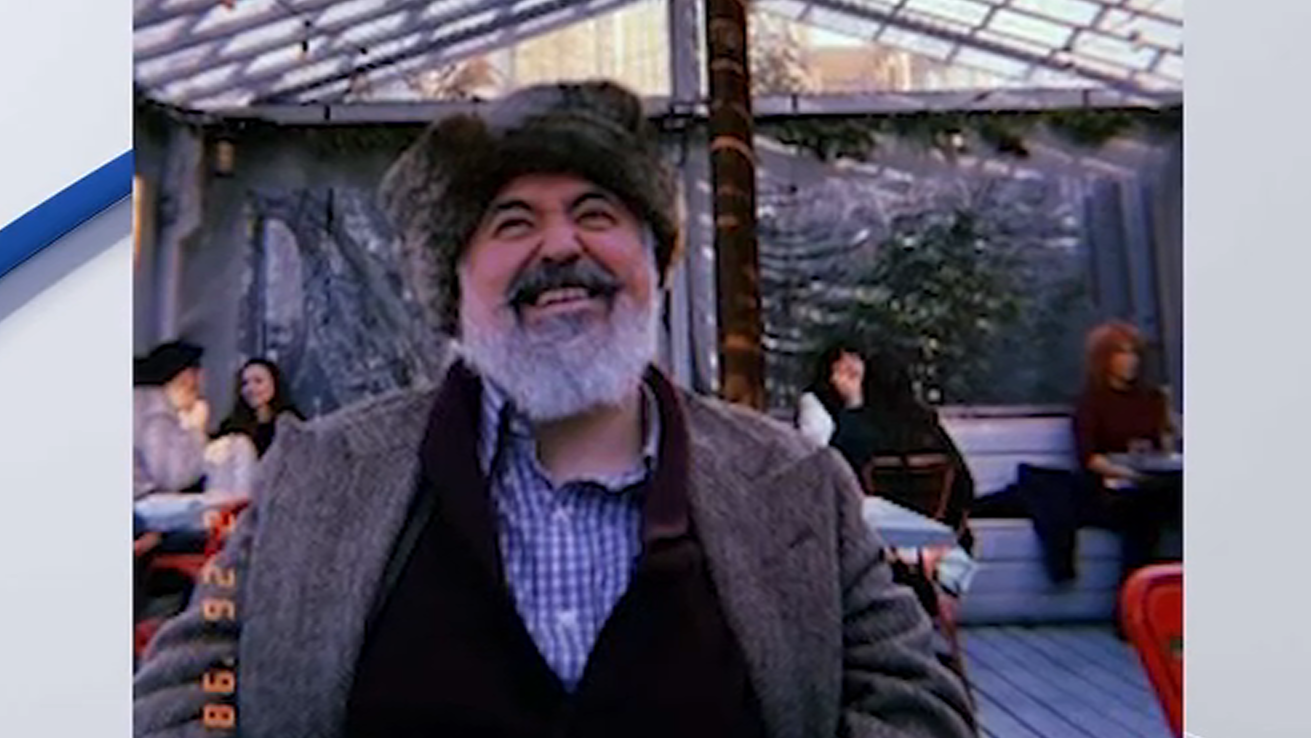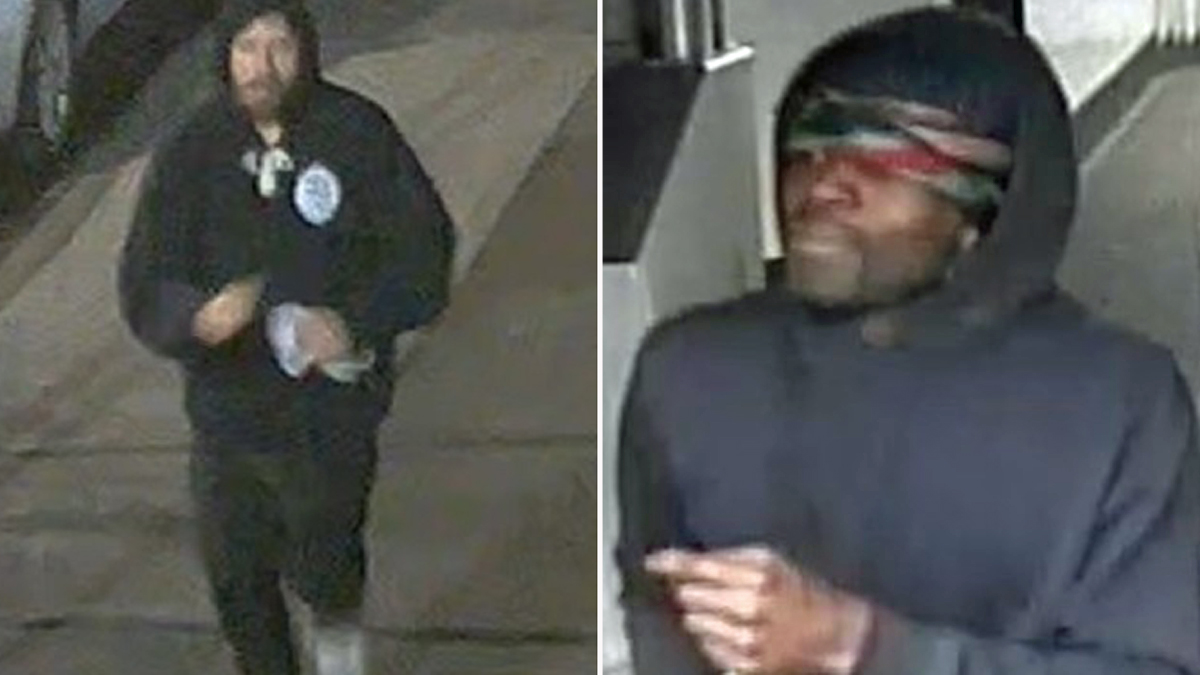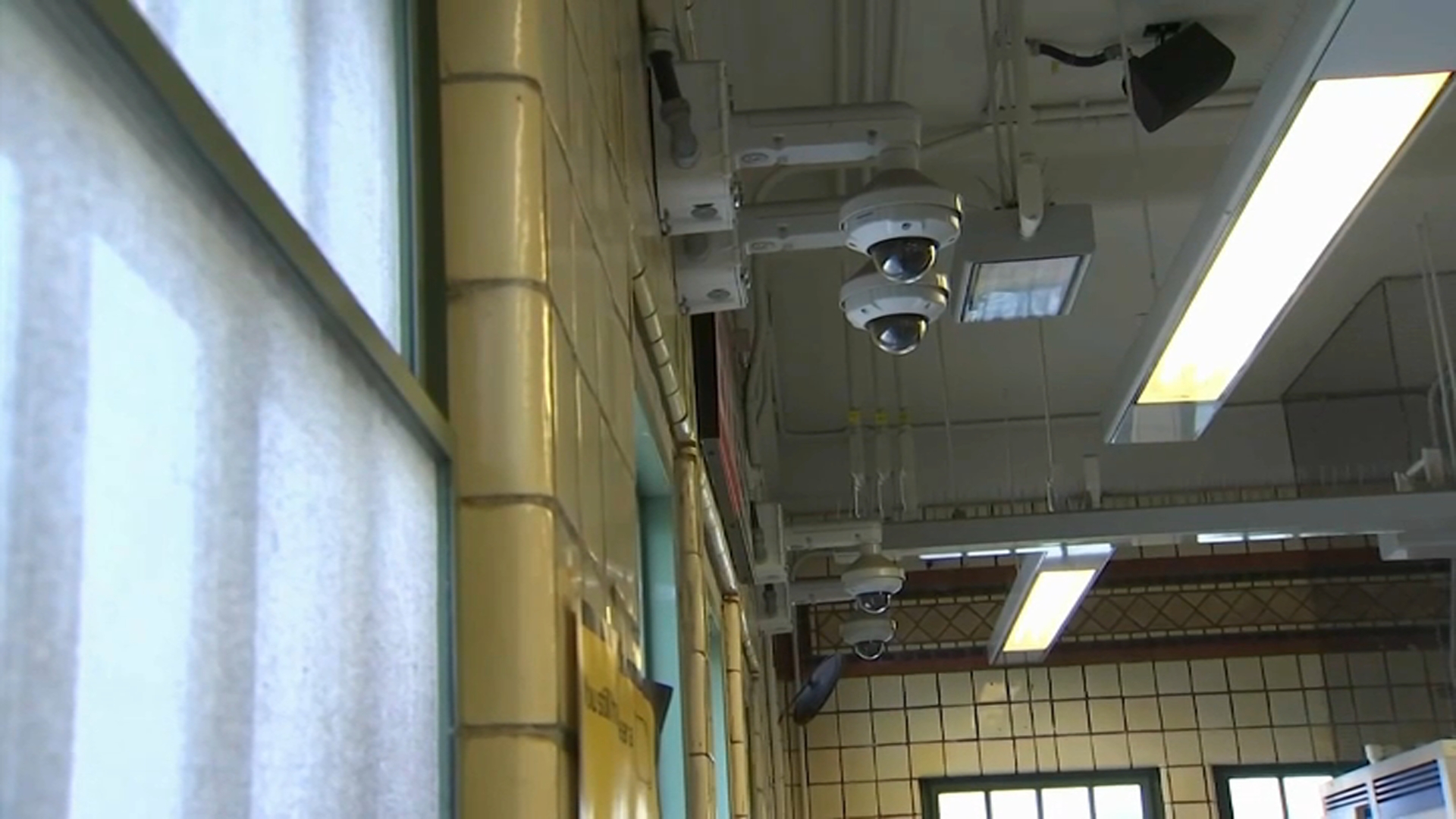Andrew Abdulluh was brought into custody for the fatal shooting on a Q train this weekend. Marc Santia reports.
The man suspected of opening fire on a subway rider at random, killing him as the train moved over the Manhattan Bridge in what officials describe as a harrowing, unprovoked act of violence was arrested Tuesday -- after some confusion regarding a potential surrender that may not have happened as planned, law enforcement sources say.
News 4 was at the scene when Andrew Abdullah arrived at the Fifth Precinct Tuesday afternoon, little more than 48 hours after the deadly weekend shooting on the Q train.
Law enforcement sources initially said a clergy member had arranged Abdullah's surrender, but then he apparently failed to show up. The 25-year-old was arrested as he walked toward his attorney's office in Lower Manhattan and taken to the precinct in handcuffs, the sources said. U.S. Marshals were spotted in the area at the time.
Watch NBC 4 free wherever you are

Abdullah faces murder and weapon possession charges. He is being represented by The Legal Aid Society, which released a blistering statement shortly after his apprehension.
Get Tri-state area news delivered to your inbox with NBC New York's News Headlines newsletter.
"Before Andrew Abdullah could voluntarily surrender himself to the local precinct, he was needlessly ambushed out front of our Manhattan Trial Office by law enforcement, denied of his opportunity to first consult with counsel," Legal Aid said. "Since last night, we have been actively speaking with the New York Police Department and the New York County District Attorney’s Office to negotiate his surrender, and what transpired today was completely inappropriate and unwarranted given those conversations."
"We have been assigned to represent Mr. Abdullah on this case. He is presumed innocent and entitled to counsel and a robust defense," the statement continued. "At this preliminary moment in the case, we caution New Yorkers from rushing to judgment, as we are just beginning our investigation and reviewing evidence. Mr. Abdullah deserves vigorous representation from his defense counsel and that is what The Legal Aid Society will provide."
At a press conference Tuesday evening, police said the motive for the unprovoked attack remains "a big mystery." Abdullah "targeted this poor individual for reasons we don’t know,” said Chief of Detectives James Essig.
He had been wanted on a murder charge in the killing of 48-year-old Daniel Enriquez, a Goldman Sachs employee gunned down on his way to brunch. Police said that Abdullah, a gang member, has a lengthy criminal record stretching back to 2016, including charges of felony assault, robbery, attempted murder and a still-open gun charge from two years ago.
Abdullah was on parole until last June after serving 2 1/2 years behind bars on a conviction on conspiracy and attempted weapon possession charges in a gang case, according to parole records and police. Court records show he has open criminal cases stemming from an April 24 vehicle theft and an alleged assault in 2020. He hasn't entered a plea in either of those cases.
NYPD Commissioner Keechant Sewell called the slaying "every New Yorker's worst nightmare. Tragically, it's a scenario we've seen play out far too many times before." She railed against the state's bail reform laws, calling the situation "yet another failure" of the laws and system in place.
"The violence on the Q train last Sunday morning was carried out by another repeat offender, who was given every leeway by the criminal justice system. We cannot, and will not stand for it," Sewell said.
"Any reasonable thinking New Yorker is going to ask themselves, 'Why is this person still on our streets?' And that in itself, is a tragedy," said New York City Mayor Eric Adams.
Tuesday's developments came about 48 hours after the cold-blooded killing on the Q train. The NYPD had put out wanted posters for Abdullah across the city.
Witnesses on Sunday saw a man pacing the last car of a northbound Q line train heading from Brooklyn to Manhattan, muttering to himself, Essig said. The only words witnesses could make out: "No phones." They said he then opened fire "without provocation" as the train passed over the bridge around 11:45 a.m.
Enriquez was shot at close range. He was found wounded in the chest and pronounced dead at a hospital. There'd been no prior contact between the two men, police say witnesses told them.
A .9-mm shell casing was recovered at the scene, Essig said. When the train stopped at Canal Street, Abdullah got off and exited the station. When he got to the top of the stairs, at the corner of Canal Street and Lafayette Street, Abdullah allegedly handed the murder weapon off to a homeless man.
Cops questioned the man, who said he didn't know the shooter and was randomly handed the gun, which police said was stolen out of Virginia in 2019. The weapon, a ballistics match to the shell casing found on the train, was later recovered.
About a block and a half away, officers stopped Abdullah and asked him what he was doing, Essig said. But he wasn't wearing the black hoodie mentioned in the initial suspect description, and he had a backpack that hadn't been mentioned. Officers let him leave but took down his name.
Only later, when viewing surveillance video, did police realize that the gunman had removed the sweatshirt after the shooting, Essig said.
More Coverage
Latest Subway Killing Rattles NYC
Enriquez, a guitar player who spoke multiple languages, lived on St. John's Place and worked for Goldman Sachs in its research division. The company described him as a "dedicated and beloved" colleague.
"We are devastated by this senseless tragedy and our deepest sympathies are with Dan’s family at this difficult time," Goldman CEO David Solomon said in a statement.
Enriquez lived in Park Slope for 18 years with his partner Adam Pollock, who told the Daily Mail Enriquez never took the train, but wanted to avoid surging ride-share prices.
"I don't know why I didn't fight him on that. I just didn't want to fight with him, you know," Pollock told the Daily Mail.
Sunday's random shooting marked the latest in a series of such violent attacks. And New Yorkers are more than on edge.
A man opened fire inside a Brooklyn subway train during a morning rush last month, wounding 10 people. The alleged shooter faces terrorism and other charges. In January, a woman was pushed to her death in front of a subway train by a stranger.

There have been hammer attacks. And shoves. And far too much crime, many say.
MTA CEO and Chairman Janno Lieber acknowledged as much on Monday.
"New Yorkers are tough and they demonstrated again and again during the pandemic that they’re trying to resume their normal lives but they can't resume normal life if just getting around is frightening," Lieber said. "For so many New Yorkers, the transit system is the only way to get around and to live their normal lives. You can't do that if you're scared to get up and go to brunch and most New York activities on a Sunday, for fear of being attacked."
Lieber said the Q is the line he has ridden for 25 years and the train he and his kids use most regularly. They're all in college now, Lieber said, but come home from Manhattan in the early morning hours, around midnight, 1 a.m.
"It's always felt safe," Lieber said, calling the route iconic. "Brooklynites know that when you come out of the DeKalb tunnel onto the Manhattan Bridge, you see the city's skyline. It's the way New Yorkers get a little dose about what's inspirational about this city -- that view."
"Now, for a while, that's not going to be the same knowing that a great New Yorker, Daniel Enriquez, lost his life yesterday in a random and cold-blooded act of violence," he added. "Our hearts go out to his family, his sister, everybody in his family. Our hearts go out to all New Yorkers who are feeling terrified at this moment."
The shooting comes as the MTA enjoys upticks in ridership unseen since the start of the pandemic. MTA officials called the latest violence a setback for their recovery.
The seemingly random shooting further shook a city already on edge about public safety. Many types of crime have rebounded after dipping dramatically earlier in the pandemic when people were staying home.
In the first five months of 2022, the number of shootings in the city dropped slightly over the same period a year earlier, and the number of murders is down 12% so far over last year. But New York is still on pace to have its second-highest number of homicides since 2011, after nearly a decade of record lows.
In terms of violent crime, the city remains substantially safer now than it was during the 1970s, '80s, '90s and early 2000s. But crime is now city voters’ top concern by far, according to a Quinnipiac University poll released this month. It surveyed 1,249 registered city voters and has a margin of error of +/- 2.8 percentage points.
Mayor Adams, who campaigned on promises to make the city safer, said his administration will evaluate how it is deploying officers across the sprawling subway system.





